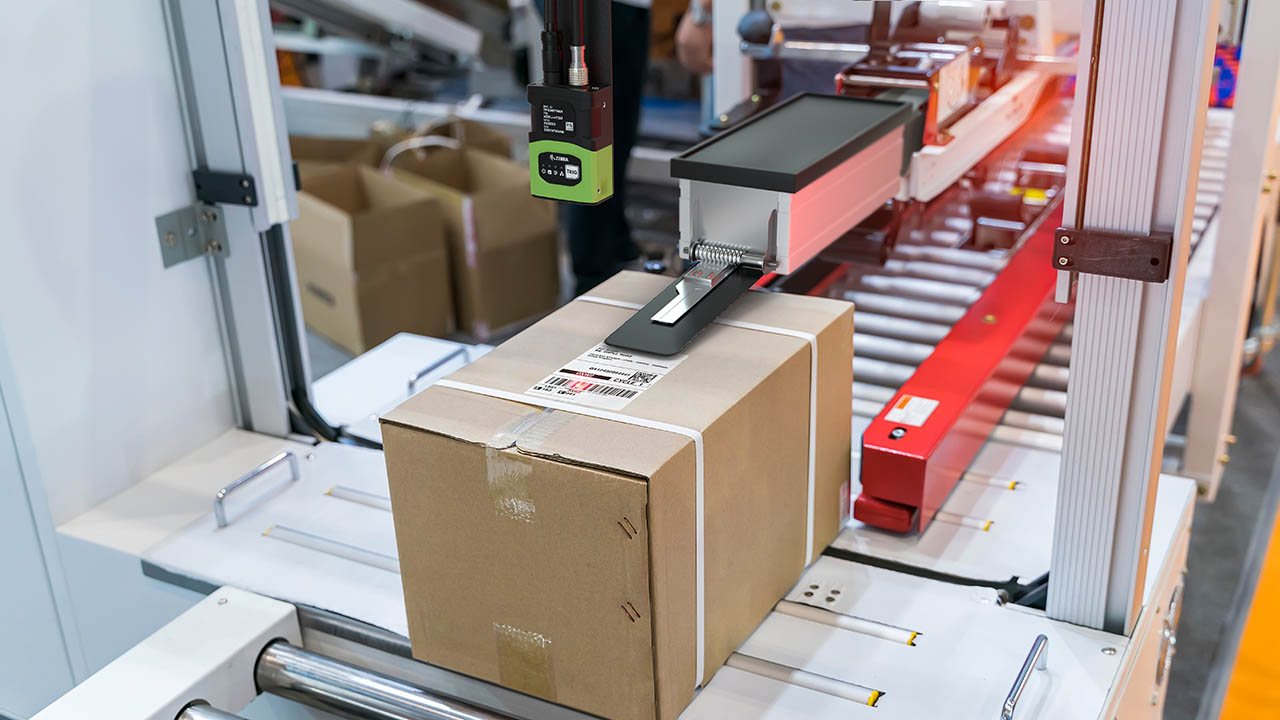When operating in dynamic supply chains, operational visibility is critical to prevent unseen obstacles from halting productivity and impacting customer satisfaction. However, increasing demands and shortages have created a unique situation where modernization -while beneficial and promising- can be a hindrance if it’s not easily adopted by an evolving workforce. From the production floor to the checkout lane, automation must enhance worker performance. In warehouses, 77% of businesses are currently in the process of equipping workers with automated solutions. At the other end of the supply chain, retailers have claimed over 60% of RFID tag purchases in 2020 alone. To ensure smooth implementation, the following three factors have become popular among leading modernization strategies.
Modernization is built on familiar interfaces, intuitive versatility, and tested expertise.
As automated systems are designed, Avalon recommends considering the following as foundational parts of your modernization plan for hassle-free implementation:
- Familiar Interfaces – An hour of downtime, whether planned or surprise, can cost businesses over $100,000 per hour in lost productivity, missed deadlines, customer dissatisfaction, and worker stress. To combat this, familiar interfaces such as touchscreen usability and Android’s user-friendly OS help diminish training times while welcoming new hires without complex functionalities. This is where applications such as Zebra’s All-Touch Terminal Emulation (TE) come in handy as they help convert legacy TE apps into a touchscreen display for immediate use prior installation.
- Intuitive Versatility – Supply chain efficiency generally depends on three kinds of devices: the scanner, the data processor, and a communicator. For this reason, most team members have been burdened with three or more devices to execute these three main tasks. A feasible modernization strategy should attempt to streamline these tasks through one versatile device. For example, newer mobile computers have been adapted to include intelligent data capture, fast automated data processing directly to your centralized management system, and sustainable communication channels that eliminate the need for bulky two-way radios.
- Tested Expertise – Working alongside longtime experts such as Avalon’s modernization specialists helps diminish deployment times since they can draw from multiple past scenarios for a tailored design. Furthermore, post-deployment services such as assisted maintenance and tech support certifies your solution is running smoothly for future updates and changes.
With the 2021 Peak Season fast approaching, swift and seamless modernization may just be the key to enhancing your competitive edge and surpassing customer expectations. Take the first step when you talk through your options with an Avalon specialist to begin designing a modernization strategy that elevates productivity and profitability with hassle-free implementation.



